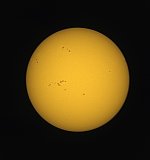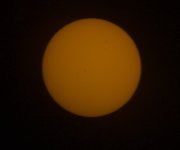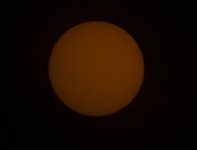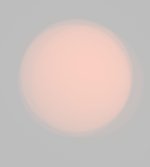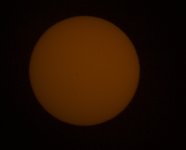A Newbie question,
I am having difficulty in stacking pictures taken through a manual lens, the PI seems to stack them differently than the ones taken through an AutoFocus lens. Leading to a blurry picture.
Is there a process flow that can be used to stack them properly. These are planetary pictures, and there may be some clouds in some of them.
A few pointers will be helpful.
Thanks,
M
I am having difficulty in stacking pictures taken through a manual lens, the PI seems to stack them differently than the ones taken through an AutoFocus lens. Leading to a blurry picture.
Is there a process flow that can be used to stack them properly. These are planetary pictures, and there may be some clouds in some of them.
A few pointers will be helpful.
Thanks,
M

